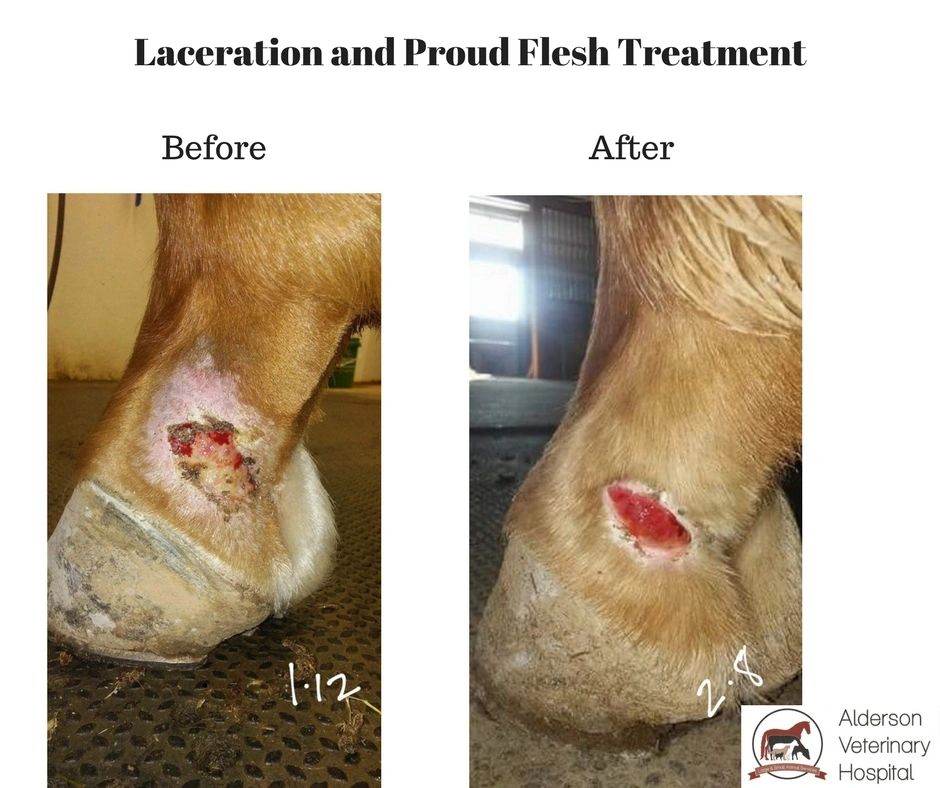Equine Therapy Success Stories: Real Individuals, Real Emotional Makeovers
Equine Therapy Success Stories: Real Individuals, Real Emotional Makeovers
Blog Article
Just How Laser Therapy in Equine Treatment Is Changing Veterinary Look After Equines
Laser treatment has actually emerged as a transformative approach in equine vet care, providing a non-invasive remedy that expedites healing and boosts general health. Leveraging accurate light wavelengths, this advanced treatment promotes mobile regeneration, lowers swelling, and minimizes pain. Its effectiveness expands from bone and joint injuries to persistent disorders like osteo arthritis, considerably boosting wheelchair and life quality for steeds. The transportability and flexibility of laser treatment gadgets further highlight their expanding indispensability amongst vets. As we discover the elaborate technicians and real-world successes, the extensive influence on equine clinical practices comes to be significantly noticeable.
Comprehending Laser Therapy

The technology behind laser therapy is grounded in the principle of photochemistry, where photons are taken in by chromophores within cells, leading to increased ATP production and modulation of responsive oxygen varieties (Equine Therapy). This, in turn, promotes cellular spreading, lowers swelling, and speeds up healing. Vet specialists make use of different sorts of lasers, including low-level lasers (LLLT) and high-power Class IV lasers, relying on the specific restorative goals and the nature of the equine problem being treated
Different laser wavelengths and power setups are thoroughly chosen to target various tissue depths and attain wanted scientific results. Safety and security methods are vital, as incorrect usage can lead to thermal damages or suboptimal restorative impacts. Thus, a thorough understanding of laser treatment's mechanisms and applications is critical for its efficient application in equine veterinary technique.
Advantages for Equine Wellness
The myriad benefits of laser therapy for equine wellness include boosted healing, pain decrease, and enhanced wheelchair. This innovative therapy method leverages particular wavelengths of light to pass through cells, promoting cellular function and advertising quick cells repair work. The non-invasive nature of laser therapy ensures marginal stress and anxiety and pain for the horse, assisting in a smoother recuperation process.
Improved healing is one of the foremost advantages, as laser therapy accelerates cellular regeneration and collagen synthesis. Discomfort decrease is achieved via the anti-inflammatory effects of laser treatment, which reduces swelling and reduces the production of pain-inducing chemicals.
By reducing inflammation and discomfort, and boosting cells repair work, laser therapy helps in restoring joint feature and muscular tissue versatility. Therefore, laser therapy stands as a transformative device in modern horse veterinary care.
Common Problems Treated
Laser therapy has arised as a functional therapy choice for a selection of usual equine conditions. Furthermore, laser treatment is efficient for conditions like osteo arthritis, where it aids minimize joint inflammation and advertise cells repair work.
Wound management is another location where laser therapy has actually shown substantial pledge. Chronic injuries or slow-healing abscess can be especially difficult in equines, however laser treatment improves cellular regrowth and improves blood flow, thus accelerating the recovery procedure. Laser therapies have been efficiently used in taking care of hoof problems such as laminitis and abscesses, easing discomfort and promoting much faster recovery.

Technology Behind Laser Treatment
Past the myriad conditions treatable with laser therapy, the technology itself qualities better examination. At the heart of laser therapy is making use of particular wavelengths of light to permeate cells and elicit biological responses. These wavelengths, usually ranging from 600 to 1000 nanometers, are uniquely soaked up by chromophores in the skin, muscle mass, and other cells, initiating a cascade of cellular occasions.
Laser devices utilized in vet medication usually make use of low-level laser treatment (LLLT) or cold laser treatment. Unlike high-powered surgical lasers, these tools operate at lower power levels, maximizing restorative advantages while reducing thermal damage. The power from the laser light boosts adenosine see page triphosphate (ATP) production, enhances mobile metabolic process, and increases cells repair service processes.

Success Stories and Situation Researches

Showcasing the tangible advantages of laser treatment, various success stories and study brighten its transformative effect on equine wellness. One such case includes a thoroughbred racehorse suffering from persistent tendonitis. Standard therapies yielded very little renovation, however after incorporating laser therapy into the program, the horse displayed substantial decreases in swelling and discomfort within weeks, ultimately going back to affordable auto racing.
An additional engaging example features a dressage horse diagnosed with severe neck and back pain, restricting its efficiency. A vet group employed low-level laser therapy (LLLT) to target the swollen areas, resulting in significant improvement in adaptability and a significant decrease in discomfort. Over a number of sessions, the steed restored its peak kind, showcasing the effectiveness of laser therapy in attending to bone and joint issues.
Additionally, a research study performed at a leading equine facility analyzed 50 equines with various soft tissue injuries treated with laser treatment. The outcomes were striking: 85% of the equines demonstrated increased recovery times and enhanced mobility. These cases emphasize the adaptability and effectiveness of laser therapy in equine medicine, offering a non-invasive, scientifically-backed approach to enhancing healing and efficiency in horses.
Conclusion
Laser treatment is transforming equine veterinary care by offering a non-invasive treatment that increases recovery, lowers swelling, and eases pain. With its efficiency in treating a range use this link of problems, from bone and joint their website injuries to persistent disorders like osteo arthritis, this technology dramatically boosts equine health and flexibility. The mobility and versatility of laser treatment even more underscore its transformative influence on veterinary practices, strengthening its duty as a necessary tool in contemporary equine medical care.
Report this page